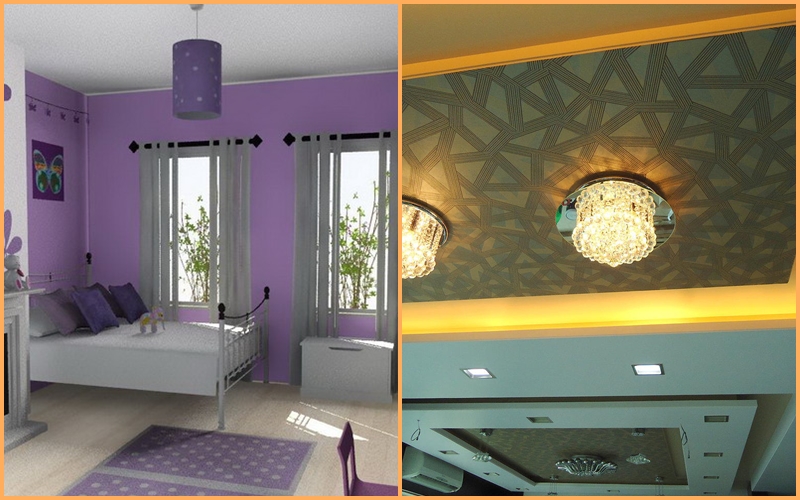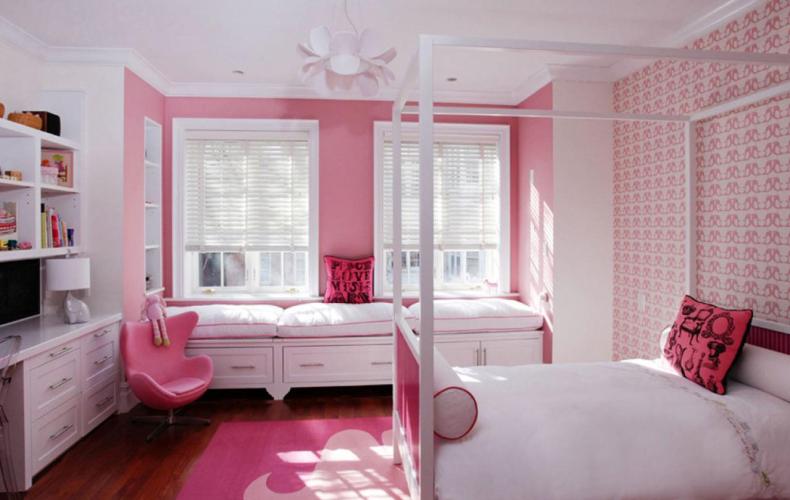Did you know that there is a connection between room colors and moods? How do room colors reflect or affect your personality? Room colors can actually influence our thoughts and moods which is a valid claim based on color psychology. Colors affect different people in different ways. While some colors provoke a common reaction, there are some influenced only by factors of age, gender, ethnicity and climate? This is why it becomes extremely important to choose the correct room color for your home
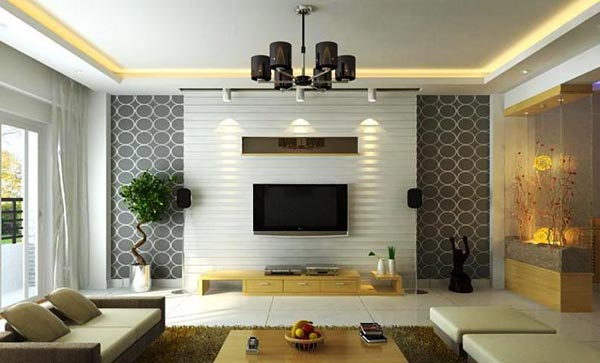
While Color trends may come and go, the main factor of beautifying a home is to ensure the room colors reflect a person preferences and personality. A clash between the two can actually make you stressed; tense and most probably give you a headache. You need to blend and balance colors for a harmonious and aesthetic combination. From a visual and optical perspective, colors can actually make objects appear small or large. They can change shapes of furnishing and even the size of the room. Take a look at how colors and mood affect each other and what color psychology really means.
Red
Red is an intense color. It increases the energy levels of a room and is a suitable choice if you want a bit of excitement especially at night. Red in living and dining rooms stimulates people into conversation and creates a strong first impression.

Red is not suitable for bedrooms as it increases blood pressure, respiration and heart rate. But!! If you are habituated in keeping your lights off even when you enter your bedroom, red will appear muted with a rich elegant tone.
Yellow
Yellow is the color of sunshine and joy. It reflects an aura of happiness and is great for kitchens, dining rooms; bathrooms where it needs to energize and uplift the atmosphere of the room. Yellow featured in hallways, entry points and small spaces will appear expansive and have a welcoming effect.
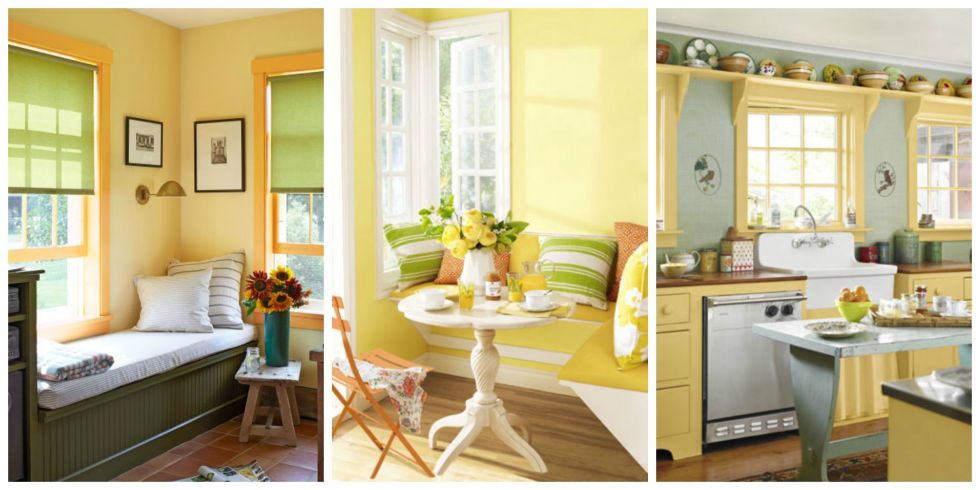
However, besides being a happy color, yellow isn’t suitable as your main color theme. According to studies, people anger easily in a yellow interior. Babies too will cry more often in a yellow painted room which is why never paint your nursery walls yellow. Yellow in larger amounts will induce feelings of frustration and anger. According to chromotherapy, yellow stimulates nerves and purifies the body.
Blue
Blue is a universal relaxing color and is known to decrease respiration and heart rate thereby producing a calm mental state. Blue is an ideal color for bedrooms and bathrooms as these are the areas of relaxation.
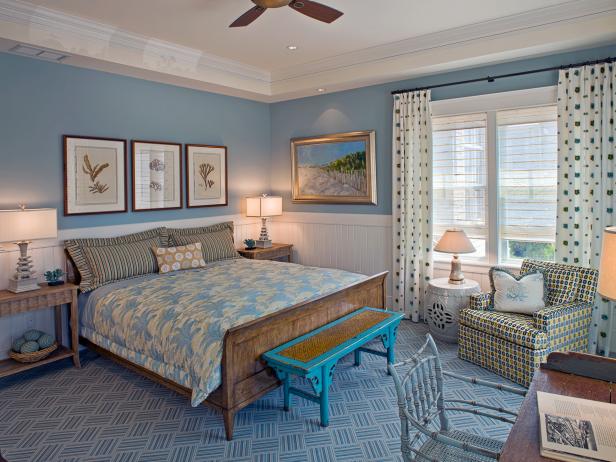
If you choose light blue as your primary color in a room, you should balance it with warm shades on your furnishing and fabrics. For living rooms and large kitchens, periwinkle tones or bright blues are ideal like cerulean and turquoise. But!! Avoid dark blue colors as this will have totally opposite effect inducing a feeling of sadness. Dark blue should never be part of a main theme.
Green
According to studies, green is also the color of happiness. It is also considered pleasing and calming to the eye and is the most suitable color for any room in a house. Green cools in a kitchen. In a living or family room, it relaxes but it is also warm enough to promote well-being, happiness, unity and comfort.
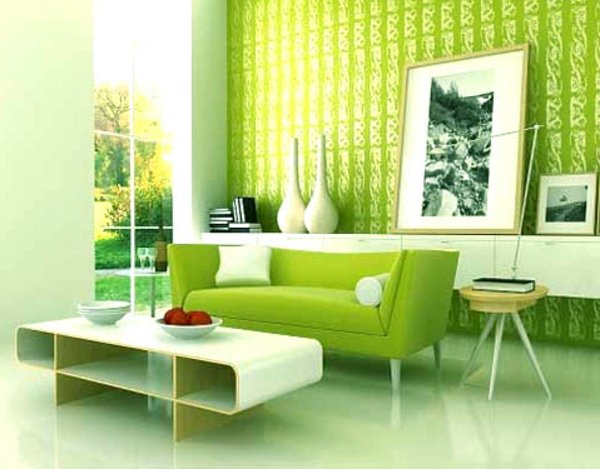
Green can relieve stress by inducing relaxation; it also helps in fertility and hence is a great color for the bedroom.
Pink
When speaking about relationships in room colors and moods, pink is also gentle and soothing. It is the color of love and promotes tenderness and comfort in times of emotional upheaval. Pink is great for a room when you are trying to mend relationships and increase response and understanding. Pink is great for a bedroom or family room.

Purple
Dark shades of purple like eggplant can appear sophisticated, regal and dramatic as it is a color associated with luxury and creativity. Purple as a secondary accent will provide depth. Lighter shades of purple like Lavender and lilac will induce a restful and relaxing quality to a bedroom like blue. But without the risk of a chilly feeling.
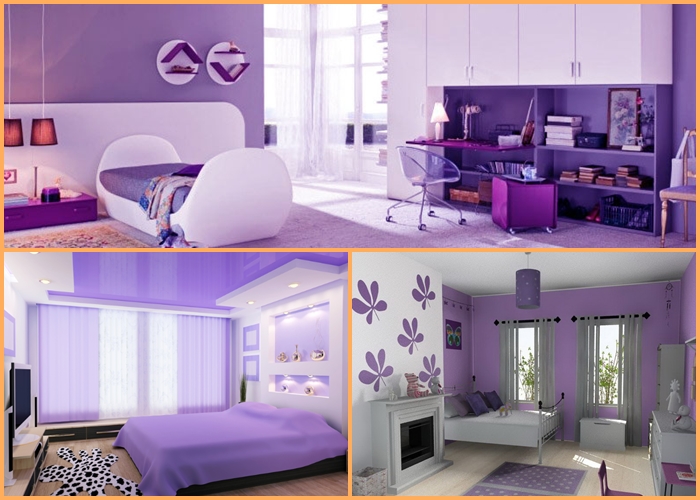
Orange
When speaking of room colors and moods, orange isn’t really preferred as a room color unless it is used as an accent. Orange is a color that evokes enthusiasm, excitement and energy.
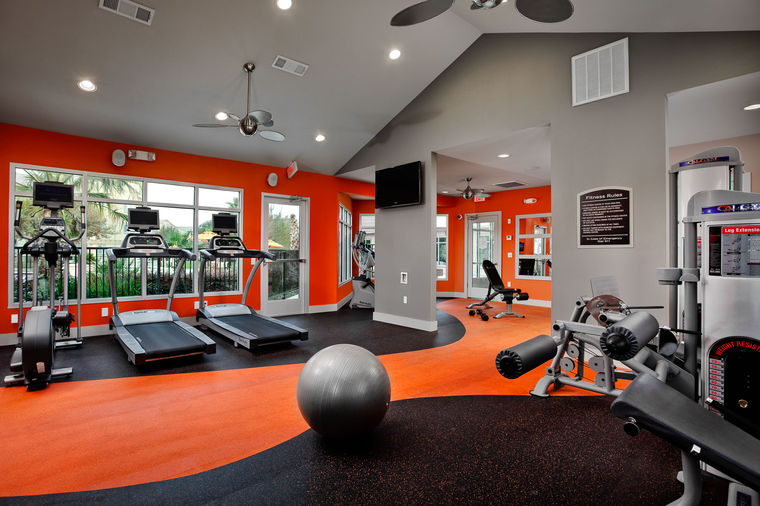
It isn’t a good color for bedrooms and living rooms but it is simply great for a gym. Orange will release energetic emotions required for intense physical activity ideal for your fitness regime.
Neutral colors
Neutral colors like black, gray, white and brown are basic colors for every decorator. Although not always part of current fashion trends, these are flexible enough to achieve a balance between room colors and moods to liven up the look of any room or reduce it to calm the atmosphere.
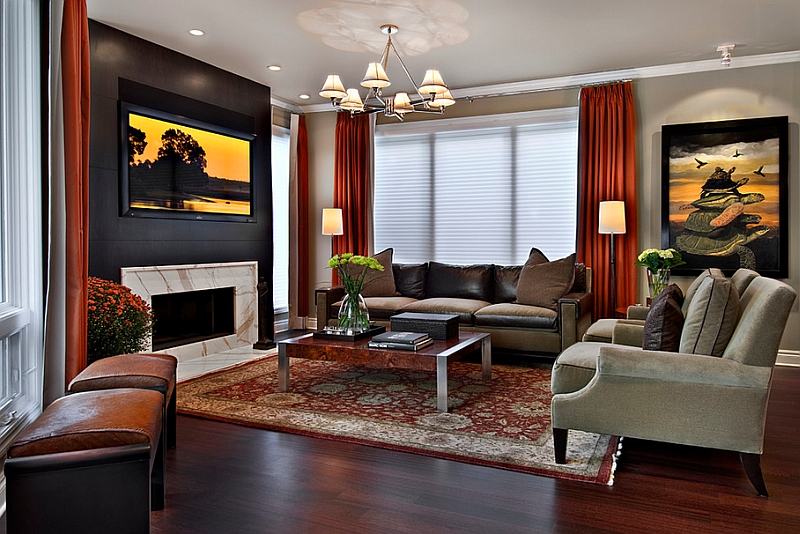
Black should be used as an accent and in small doses only. A touch of black gives a room depth but always consult a color wheel to get the right shade.
Crimson
Crimson is the color of rage, hostility and irritability. It should be avoided as a room color. Sitting too long in a crimson colored room can actually disrupt the harmony of your home.
Color’s Effect on Ceilings
While white is a universally accepted ceiling color, a darker shade will make a ceiling appear lower which evokes feelings of intimacy. Light walls make a ceiling appear higher and if a lighter color makes you feel good then that’s what matters most. Room colors and moods have been justified according to the psychology of colors and it would benefit a home to abide by the guidelines mentioned here.
